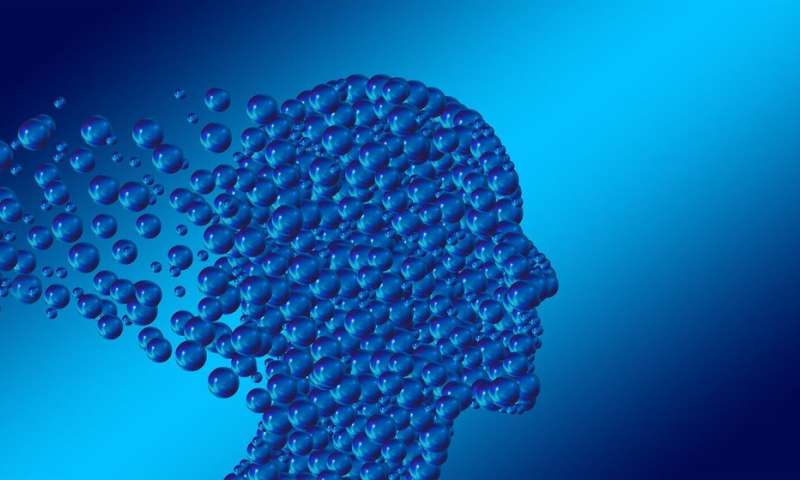

A pair of psychologists at Goldsmiths, University of London has found that embedding primes in a person’s speech and gestures can influence people’s decision-making. In their paper published in Proceedings of the National Academy of Sciences, Alice Pailhès and Gustav Kuhn describe experiments they conducted with volunteers and primes and what they learned from them.
In both psychology and magic circles, primes are known as actions or words that unconsciously influence the thinking of another person One example is a policeman interrogating a witness tapping his ring while inquiring about jewelry a suspect might have been wearing. It is a technique magicians have used for years. They prime a person or audience by giving them subtle verbal or physical clues to get them to choose a number during a guessing trick, or a card during a card trick. In this new effort, the researchers tested the practice to see if it actually works.
The experiments involved asking volunteers to watch a live or taped performance of a person who, unbeknownst to them, was trying to prime them. The research began with 90 volunteers who were split into two groups. One group watched Pailhès (who is also an amateur magician) perform a live magic act—the other group watched a video version of the same act on a laptop. The act consisted of attempting to get the crowd of observers to pick a predesignated card—the three of diamonds.
As part of the routine, she mimicked an act by British illusionist Derren Brown in which he asks a member of the crowd to mentally transmit the correct card to the others in the crowd. He also asks the crowd to think about a bright, vivid colored card (more descriptive of a red card than a black one). He also mimes the shape of a diamond with his hands and asks the audience to think of the little numbers at the corners (ruling out double digits and face cards) and even draws the number “3” in the air with his hands—and asks the audience to imagine things in the middle as he says, “boom, boom, boom.”
Source: Read Full Article